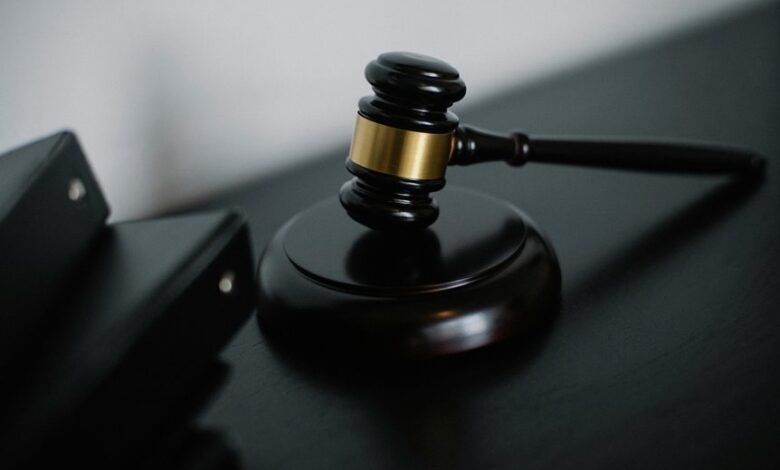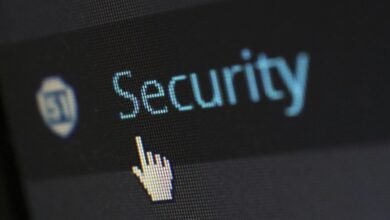Suspicious Caller Tracking Regulation Safety Bureau 3311950109 3791090654 3277125675 3273929432 3496984134 3202607976

The emergence of suspicious caller identification numbers, such as 3311950109 and 3791090654, has prompted the Safety Bureau to implement rigorous tracking regulations. These measures aim to protect consumers from fraudulent communications and enhance transparency within the telecommunications sector. As the Bureau navigates the complexities of consumer safety, the implications of these regulations extend beyond mere identification. Understanding the broader impact on both businesses and individuals remains a critical area of concern.
Understanding Suspicious Caller Identification Numbers
While the proliferation of communication technologies has facilitated greater connectivity, it has also given rise to the challenge of identifying suspicious callers.
Caller ID systems, while useful, are often manipulated by fraudsters to obscure their true identity.
Effective fraud detection mechanisms are essential to mitigate risks associated with such deception, ensuring that consumers can discern legitimate calls from those intended to exploit their trust.
The Role of the Safety Bureau in Consumer Protection
As the threat of fraudulent communications escalates, the Safety Bureau plays a critical role in safeguarding consumers against deceptive practices.
By enforcing regulations that protect consumer rights, the Safety Bureau ensures transparency and accountability within communication industries.
Its proactive measures help mitigate risks associated with suspicious callers, thereby empowering consumers to make informed decisions and maintain their autonomy in an increasingly complex digital landscape.
Impact of Regulations on Businesses and Individuals
Regulations aimed at curbing suspicious caller activities significantly influence both businesses and individuals, shaping their interactions within the telecommunications landscape.
Adhering to regulatory compliance fosters a safer environment, enhancing consumer trust. Businesses must navigate these regulations carefully, ensuring protection against potential liabilities.
As a result, individuals experience heightened security, fostering a more trustworthy communications climate that promotes confidence and freedom in their telecommunications choices.
Best Practices for Consumers to Stay Safe
How can consumers effectively protect themselves from suspicious callers in an increasingly complex telecommunications environment?
Employing call blocking features is paramount, allowing individuals to filter unwanted communications.
Additionally, adjusting privacy settings on devices can further safeguard personal information.
Conclusion
In conclusion, the Safety Bureau’s vigilant regulation of suspicious caller identification numbers serves as a modern-day safeguard akin to a digital shield, protecting consumers from the shadows of deception. As the telecommunications landscape evolves, the Bureau’s efforts not only enhance consumer trust but also empower individuals to navigate this perilous terrain with caution. Ultimately, the proactive measures taken today will resonate like a clarion call, reminding society that vigilance and accountability are paramount in safeguarding autonomy against emerging threats.




